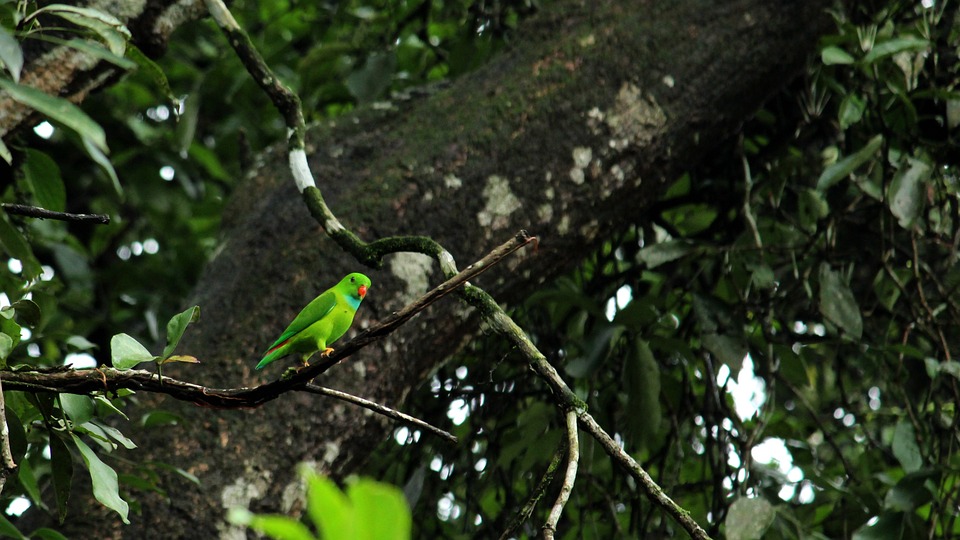Parrots are highly intelligent and adaptable creatures, known for their curiosity and exploration. These natural behaviors not only contribute to their overall well-being but also enhance their ability to learn. As a parrot owner, it is essential to recognize the signs of curiosity and exploration during training to create a more enriching experience for your feathered friend.
One of the signs of curiosity and exploration in parrots is inquisitive body language. When a parrot is curious, it may display raised feathers, dilated pupils, an upright posture, and a slight leaning forward. These subtle cues indicate their heightened interest in the environment.
Curiosity often sparks increased vocalization in parrots. You may notice your parrot making different sounds, such as soft chirping, warbling, or mimicking new noises from its surroundings. These vocalizations serve as an expression of their exploration and engagement with the world around them.
Parrots also love to investigate and interact with objects in their environment. If your parrot is showing curiosity, you may observe it examining toys, perches, or even household items. They may use their beak or claws to explore, manipulate, or dismantle objects. Encourage safe exploration by providing a variety of toys and stimulating objects for your parrot to investigate.
When parrots are curious or exploring, they often engage in intense observation. They may tilt their heads, rotate their bodies, or move closer to objects or people to gather more information. This behavior demonstrates their eagerness to understand and learn from their surroundings.
Curious parrots may also engage in experimental behaviors to test their capabilities or explore new possibilities. They may try out different vocalizations, movements, or problem-solving techniques. Encourage these exploratory behaviors by providing opportunities for your parrot to learn and discover through interactive training sessions.
To foster curiosity and exploration in your parrot during training sessions, introduce novel objects, puzzles, and challenges that encourage problem-solving. Offer rewards, such as treats or praise, to motivate your parrot’s exploration and engagement.
While exploration is essential for a parrot’s mental and physical well-being, it is crucial to provide a safe environment and supervise their activities. Ensure that objects or materials they interact with are non-toxic and won’t pose a risk of injury.
Curiosity and exploration can help parrots overcome training obstacles by stimulating their problem-solving skills and encouraging a positive mindset. It enhances their ability to adapt, learn new behaviors, and overcome any fears or uncertainties they may have.
You can include opportunities for exploration and curiosity in your parrot’s daily routine by regularly introducing new toys, rearranging their environment, and providing interactive training sessions. Encouraging foraging behaviors and offering enrichment activities also stimulate their natural curiosity.
Parrots are highly intelligent creatures that require mental stimulation. Lack of stimulation can lead to boredom, which may result in behavioral issues such as feather plucking, aggression, or excessive vocalization. Providing opportunities for curiosity and exploration is vital to prevent boredom and maintain their well-being.
In conclusion, recognizing signs of curiosity and exploration in parrots is crucial for understanding their behavior and optimizing training experiences. By observing their inquisitive body language, vocalization patterns, object investigation, observation of surroundings, and experimentation with behaviors, you can create a stimulating and enriching environment for your parrot. Embrace their natural curiosity, and embark on a journey of learning and growth together.









